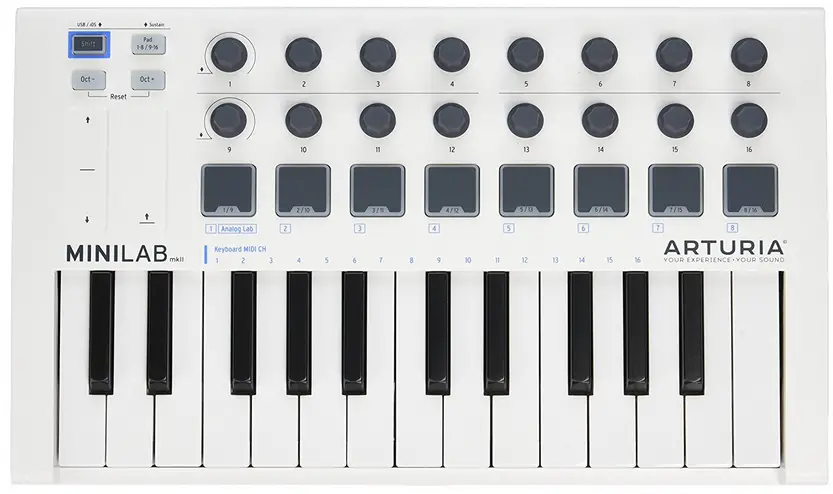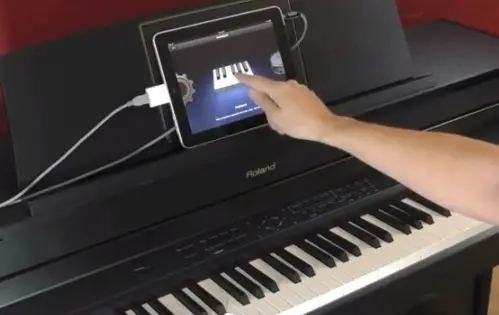
- How To Use Midi Keyboard In Fl Studio 20
- How To Use Yamaha Keyboard Midi On Fl Studio Mac Os
- How To Use Yamaha Keyboard Midi On Fl Studio Mac Download

How To Use Midi Keyboard In Fl Studio 20
On the MIDI side of things - your computer will see the MOXF as five MIDI Ports (you see them listed in your screenshot). Each has a very specific use, and must be set properly. Port 1 is for the music performance data from the MOXF - you want to select Port 1 for MIDI IN and MIDI OUT. Dec 14, 2020 Connecting your MIDI keyboard to your MAC can be slightly confusing when you’re new to keyboards. There are going to be a couple of different ways to accomplish this and I also want to touch on what you need to create sound once connected. Depends on your MIDI=USB converter. Make sure you plug 'MIDI in' cable to 'MIDI out ' on your keyboard, and 'Midi out'='MIDI in '. Make sure to enable 'generic controller' in FL's MIDI settings. If FL is getting any MIDI data like when you hit a key, this thing will flash.
Open FL Studio and make sure the ' Enable MIDI remote control ' option is selected in the Options menu, MIDI input is disabled otherwise. Click on the device in the Input list, so that it is highlighted. If your device is listed in the Controller type drop-down menu, select it there also. I have the same keyboard that you have, and a similar problem. I connect it to my laptop with a midi interface, midi to usb. I was unnable to make it work, using fl studio, but after lots of time with my computer I could make it work, but not properly (it´s imposible to work with it, sometimes it doesn´t work, or works after 10 seconds, it´s not a reasonable latency).
How To Use Yamaha Keyboard Midi On Fl Studio Mac Os

How To Use Yamaha Keyboard Midi On Fl Studio Mac Download
We highly recommend you consult support for FLStudio from them, (we’d hate to give you incomplete information on a product not ours) - what we can help you with is the exact information you need to know about the Yamaha MOXF in getting setup.
Your question concerns recording sound but you show us only the MIDI setup.
MIDI is not sound. MIDI is a series of coded messages that represent a musical performance. MIDI has never been heard, it is a means to store a Performance, like the holes punched in a piano roll represent the musical performance for an old Player Piano. The sound is only produced when the data is played back and interpreted by the hardware.
So to really help you with recording the sound, we’d need to see that Audio tab!
On the MIDI side of things - your computer will see the MOXF as five MIDI Ports (you see them listed in your screenshot). Each has a very specific use, and must be set properly.
Port 1 is for the music performance data from the MOXF - you want to select Port 1 for MIDI IN and MIDI OUT
It looks like the INPUT of Port 1 is selected, you also want to select Port 1 as the MIDI OUTPUT as well (check your FLStudio documentation on how’d to select that item as your MIDI OUTPUT, this maybe done per track but you may have to activate it in the software).
For setting up to “record sounds” you need to select the “Audio” tab.
There you will select the ASIO Driver (Yamaha Steinberg USB driver) so that the MOXF can send digital audio to your computer via two stereo buses, USB1/2 and USB3/4.
ASIO is Audio Streaming Input Output, and is a protocol for transferring digital audio from one device to another. On the Audio tab there should be a way to select your MOXF Driver as an audio source.
In the MOXF you can setup for 2CH (1StereoRec) or 4CH (2StereoRec).
By default, the MOXF’s A/D Input uses USB1/2, while the synthesizer engine uses USB3/4
Synth Parts can be rerouted to either of the stereo buses; this is useful when you wish to isolate a particular part to its own audio track. Audio routing can be done, as necessary, when rendering your MIDI track into Audio tracks. You can customize your project as you desire. Record as MIDI, first, correct any mistakes, then render (transfer) that performance into audio tracks... audio is your more permanent way to preserve your music. While MIDI, you can still change your mind about the instrument playing the data... audio commits your selection in a more permanent form.
By default the A/D Input to its own stereo Bus, it is possible to play and sing, recording each to its own audio track in a single pass.
But the first step in getting sound (audio) into your software would be to setup the MOXF’s Driver on the Audio tab of your software.
Comments are closed.